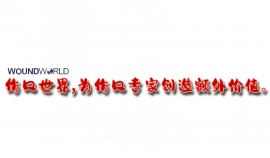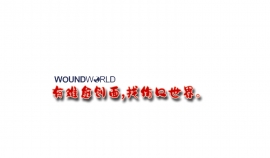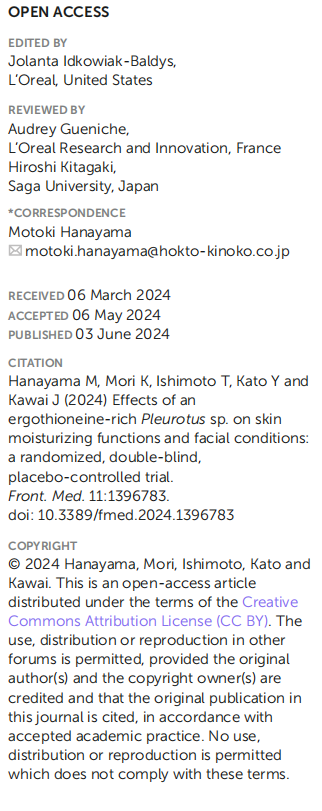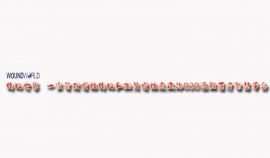文献精选
Tanzila Khiljee 1 , Naveed Akhtar 1 , Sonia Khiljee 2,*, Bushra Khiljee 2 , Hafiz Majid Rasheed 3 , Siddique Akber Ansari 4 , Hamad M. Alkahtani 4 and Irfan Aamer Ansari 5
1 Faculty of Pharmacy and Alternative Medicines, The Islamia University of Bahawalpur, Punjab 63100, Pakistan; 该Email地址已收到反垃圾邮件插件保护。要显示它您需要在浏览器中启用JavaScript。 (T.K.); 该Email地址已收到反垃圾邮件插件保护。要显示它您需要在浏览器中启用JavaScript。 (N.A.)
2 Shahida Islam College of Pharmacy, Shahida Islam Medical Complex, Lodhran 59320, Pakistan; 该Email地址已收到反垃圾邮件插件保护。要显示它您需要在浏览器中启用JavaScript。
3 Faculty of Pharmacy, The University of Lahore, Lahore 54590, Pakistan; 该Email地址已收到反垃圾邮件插件保护。要显示它您需要在浏览器中启用JavaScript。
4 Department of Pharmaceutical Chemistry, College of Pharmacy, King Saud University, Riyadh 11451, Saudi Arabia; 该Email地址已收到反垃圾邮件插件保护。要显示它您需要在浏览器中启用JavaScript。 (S.A.A.); 该Email地址已收到反垃圾邮件插件保护。要显示它您需要在浏览器中启用JavaScript。 (H.M.A.)
5 Department of Drug Science and Technology, University of Turin, 10124 Turin, Italy; 该Email地址已收到反垃圾邮件插件保护。要显示它您需要在浏览器中启用JavaScript。 * Correspondence: 该Email地址已收到反垃圾邮件插件保护。要显示它您需要在浏览器中启用JavaScript。
Abstract: Background: The aim of this study was to evaluate the moisturizing efficacy of quince fruit, used in folk medicine. For this purpose, the phytoconstituents of Cydonia oblonga fruit extract, like phenolics and flavonoids, were determined. A stable cosmetic emulgel containing 4% Cydonia oblonga fresh fruit extract was formulated and subjected to in vivo evaluation compared with a control. Materials and Methods: Cydonia oblonga fresh fruit extract was evaluated for tyrosinase activity and phenolic and flavonoid content. A stable emulgel containing 4% Cydonia oblonga fresh fruit extract was formulated and tested in a skin irritation test. After this, in vivo tests of erythema, moisture, sebum, and skin elasticity were conducted. The in vivo evaluation was a randomized and single-blind study. Thirteen healthy female volunteers were selected for a three-month study period. Results: Cydonia oblonga fruit extract showed good phenolic and flavonoid content, which was associated with its good antioxidant and tyrosinase-inhibiting activity. Cydonia oblonga containing the emulgel showed a reduction in sebum and erythema, while the elasticity and moisture content showed increments in their levels after the three-month application of the formulation. The fruit contains chlorogenic acid and many sugars, which might account for its anti-inflammatory and sebum reduction effects; it is also capable of enhancing the skin’s hydration level and decreasing skin sagging by enhancing its elasticity. Conclusion: The emulgel loaded with Cydonia oblonga fresh fruit extract is verified regarding its folklore status as a moisturizing agent that enhances the facial skin cells’ resilience potential.
Keywords: quince; in vivo assessment; moisturizer; chlorogenic acid; facial skin resilience
Citation: Khiljee, T.; Akhtar, N.; Khiljee, S.; Khiljee, B.; Rasheed, H.M.; Ansari, S.A.; Alkahtani, H.M.; Ansari, I.A. Gauging Quince Phytonutrients and Its 4% Emulgel Effect on Amplifying Facial Skin Moisturizing Potential. Gels 2023, 9, 934. https:// doi.org/10.3390/gels9120934 Academic Editors: Carla Villa and Eleonora Russo
Received: 9 October 2023
Revised: 6 November 2023
Accepted: 15 November 2023
Published: 28 November 2023
Copyright: © 2023 by the authors. Licensee MDPI, Basel, Switzerland. This article is an open access article distributed under the terms and conditions of the Creative Commons Attribution (CC BY) license (https:// creativecommons.org/licenses/by/ 4.0/).
Jae-Seung Yun1 , Kyuho Kim1 , Yu-Bae Ahn1 , Kyungdo Han2 , Seung-Hyun Ko1
1 Department of Internal Medicine, St. Vincent’s Hospital, College of Medicine, The Catholic University of Korea, Seoul,
2 Department of Statistics and Actuarial Science, Soongsil University, Seoul, Korea
Due to increased life expectancy and lifestyle changes, the prevalence of diabetes among the elderly in Korea is continuously rising, as is the associated public health burden. Diabetes management in elderly patients is complicated by age-related physiological changes, sarcopenia characterized by loss of muscle mass and function, comorbidities, and varying levels of functional, cognitive, and mobility abilities that lead to frailty. Moreover, elderly patients with diabetes frequently face multiple chronic conditions that elevate their risk of cardiovascular diseases, cancer, and mortality; they are also prone to complications such as hyperglycemic hyperosmolar state, diabetic ketoacidosis, and severe hypoglycemia. This review examines the characteristics of and management approaches for diabetes in the elderly, and advocates for a comprehensive yet personalized strategy.
Keywords: Aged; Diabetes mellitus, type 2; Frailty; Multimorbidity; Precision medicine; Sarcopenia
中国医师协会整形美容医师分会干细胞和再生医学学组
【摘要】 干细胞是一类具有分化潜能的细胞,随着近年来对干细胞研究的深人,干细胞在促进组织修复与再生的作用也得到越来越多的关注。本学组就干细胞在整形修复美容领域的基础研究及临床试验研究组织专家讨论,并将专家共识总结成文,为干细胞在整形修复美容领域的研究与未来临床转化提供参考与支持。






